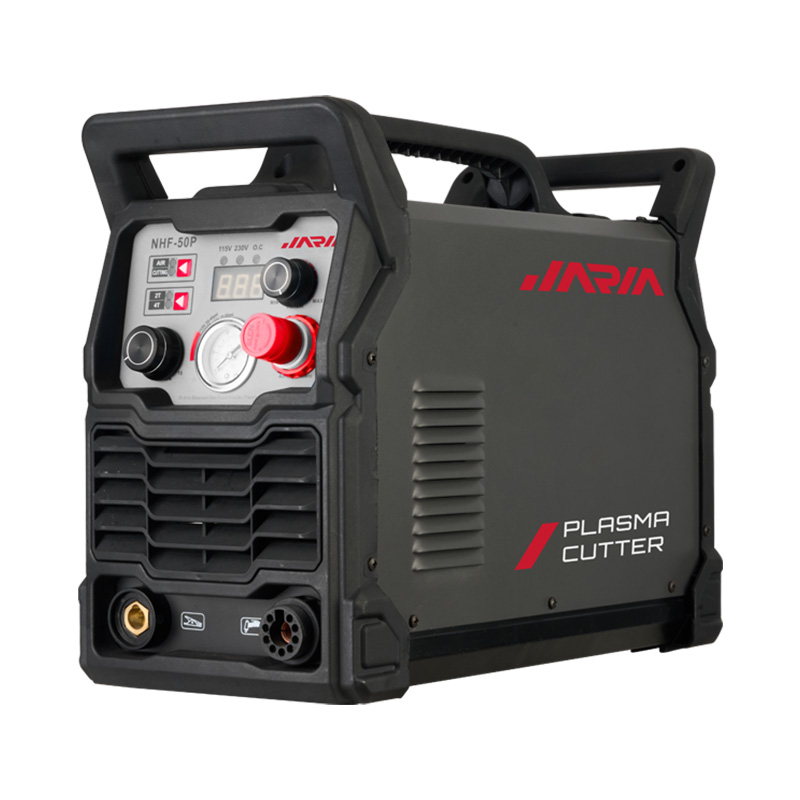In an era where environmental sustainability is increasingly becoming a priority, the technological advancements of plasma cutter welders present a promising avenue for reducing industrial environmental impact. Plasma cutter welders, known for their precision and efficiency in metalworking, have evolved to offer numerous environmental benefits. These benefits are multifaceted, encompassing reduced waste, lower emissions, and enhanced energy efficiency. As industries continue to seek greener practices, the environmental advantages of plasma cutter welders are becoming more pronounced and valued.
One of the primary environmental benefits of plasma cutter welders is their ability to minimize material waste. Traditional cutting and welding methods often result in significant material loss due to imprecise cuts and inefficient processes. In contrast, plasma cutter welders provide precise and clean cuts, significantly reducing the amount of scrap metal generated. This precision ensures that more of the raw material is utilized effectively, bringing to less waste and a more efficient use of resources. By high quality material usage, plasma cutter welders help conserve raw materials and reduce the environmental footprint of manufacturing processes.
Additionally, the use of plasma cutter welders contributes to lower emissions compared to traditional welding and cutting techniques. Conventional methods, such as oxy-fuel cutting, often produce substantial amounts of smoke and harmful gases, contributing to air pollution and posing health risks to workers. Plasma cutter welders, however, operate with a high degree of precision and efficiency, generating fewer emissions. The clean cutting action of plasma cutter welders produces less particulate matter and reduces the release of hazardous fumes, resulting in a healthier work environment and a lesser impact on air quality.
The energy efficiency of plasma cutter welders is another significant environmental benefit. These machines are designed to operate with high power efficiency, reducing the overall energy consumption of cutting and welding processes. Advances in plasma technology have led to the development of plasma cutter welders that require less energy to achieve the same or even nice results compared to older methods. This reduction in energy use not only lowers operational costs but also decreases the carbon footprint associated with manufacturing activities. By adopting plasma cutter welders, industries can move towards more sustainable energy practices and contribute to broader environmental conservation efforts.
Furthermore, plasma cutter welders offer the advantage of being able to work with a wide variety of materials, including metals that are difficult to cut using traditional methods. This versatility reduces the need for multiple specialized tools and processes, streamlining operations and reducing the environmental impact associated with manufacturing and maintaining multiple types of equipment. The ability to handle different materials with a single tool means fewer resources are consumed in the production and maintenance of cutting and welding machinery, further supporting sustainable manufacturing practices.
The adoption of plasma cutter welders also aligns with the growing trend towards automation and smart manufacturing. Modern plasma cutter welders are increasingly integrated with automated systems and advanced control technologies, allowing for greater precision and consistency in cutting and welding tasks. Automation reduces the likelihood of errors and rework, which in turn reduces material waste and energy consumption. Additionally, smart plasma cutter welders can optimize their operations in real-time, adjusting parameters to minimize resource use and emissions. This level of efficiency and precision not only enhances productivity but also supports environmentally responsible manufacturing practices.
In addition to their direct environmental benefits, plasma cutter welders contribute to overall sustainability by promoting safer and healthier working conditions. The precision and cleanliness of plasma cutting reduce the exposure of workers to harmful substances and dangerous conditions associated with traditional cutting and welding methods. Healthier working environments reduced health care costs and less absenteeism, indirectly supporting a more sustainable and productive workforce.
As industries increasingly prioritize environmental sustainability, the role of plasma cutter welders in achieving these goals becomes more evident. The environmental benefits of plasma cutter welders, from reducing material waste and emissions to enhancing energy efficiency and supporting automation, make them a valuable tool in the pursuit of greener manufacturing practices. The ongoing development and adoption of plasma cutter welders reflect a commitment to innovation and sustainability, ensuring that these machines will continue to play a crucial role in shaping the future of environmentally responsible industrial practices.
In conclusion, the environmental benefits of plasma cutter welders are numerous and significant. By minimizing material waste, reducing emissions, enhancing energy efficiency, and supporting automation, plasma cutter welders offer a sustainable solution to modern manufacturing challenges. As industries strive to meet environmental goals and reduce their ecological footprint, the adoption and continued development of plasma cutter welders will be essential. These machines not only improve operational efficiency and productivity but also contribute to broader environmental conservation efforts, ensuring a healthier planet for future generations. The commitment to using plasma cutter welders in industrial processes is a step towards a more sustainable and environmentally responsible future.

 英语
英语 西班牙语
西班牙语 阿拉伯语
阿拉伯语







